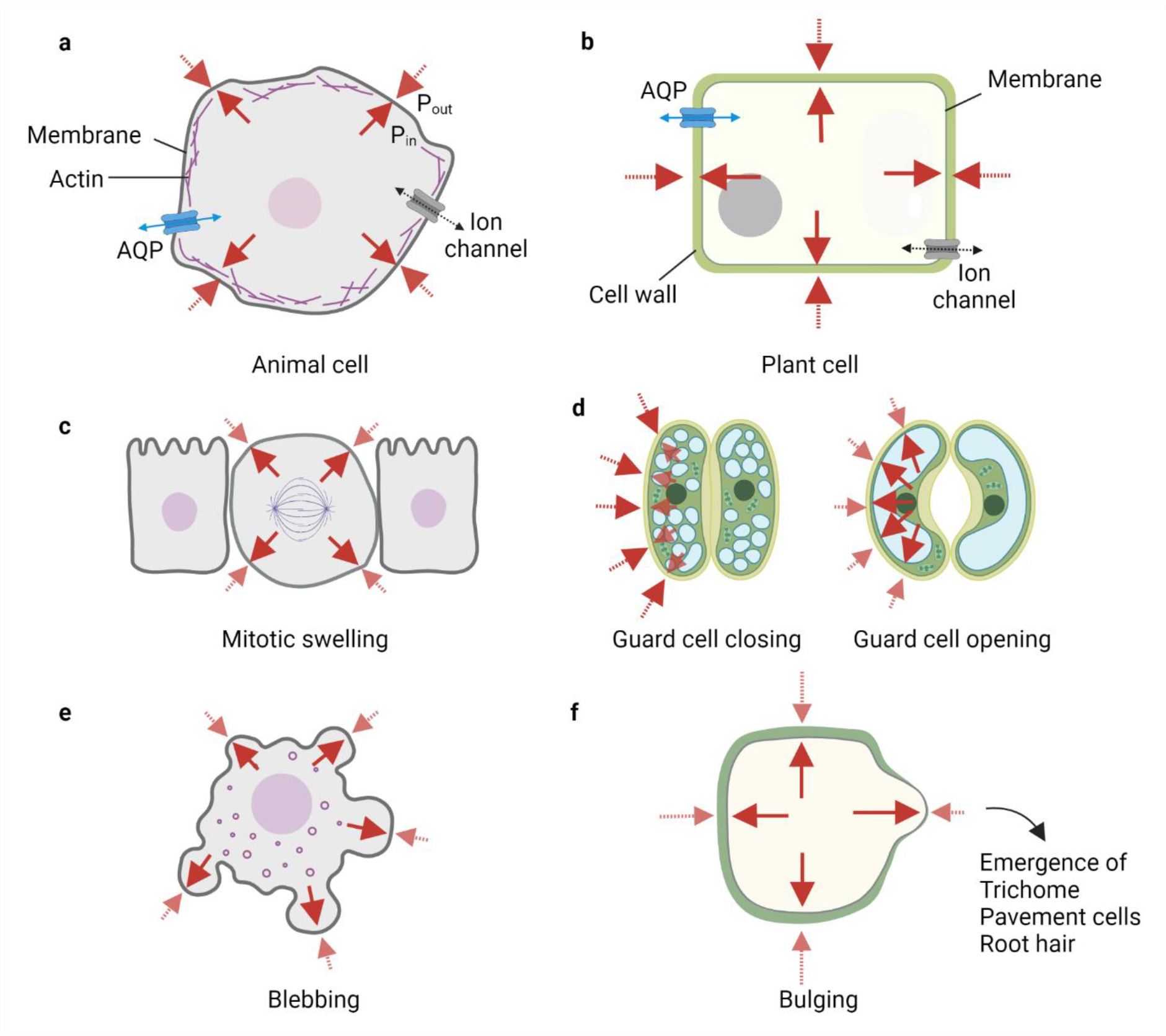Fig. 3: Comparative role of mechano-hydraulic coupling in animal and plant cells.

a-b) Animal and plant cell shape and volume are regulated by steady maintenance of ion and water flux through the cells, i.e. there is always an osmotic and hydrostatic pressure difference across the cell. The hydrostatic pressure gradient is balanced by the mechanical tension in the membrane, cell surface proteins, and cytoskeletal (actomyosin) cortex in animal cells as depicted by the red arrows. Solid red arrows represent Pin and dotted red arrows represent Pout. Blue arrows represent water flux. Plant cells have a high turgor pressure which is primarily balanced by the compressive forces from the stiff cell walls. c-f) Changes in mechano-hydraulic coupling can lead to alteration in hydrostatic pressure, cell shape, and cell volume and are important for cellular function. c) Animal cells undergo mitotic swelling due to increased hydrostatic pressure which is potentially useful for faithful segregation of chromosomes. d) Plant (guard) cells utilise swelling to open and close the stomatal apparatus for transpiration. e) Localised increases in the hydrostatic pressure in areas of the weaker cytoskeleton can lead to an inflation of animal membranes called blebbing, which is seen in various cellular processes such as cell division or cell death. f) Localised increases in the hydrostatic pressure due to weaker or thinner cell wall areas in plant cells can also lead to bulges which are important in the emergence of plant structures such as trichomes or root hairs
